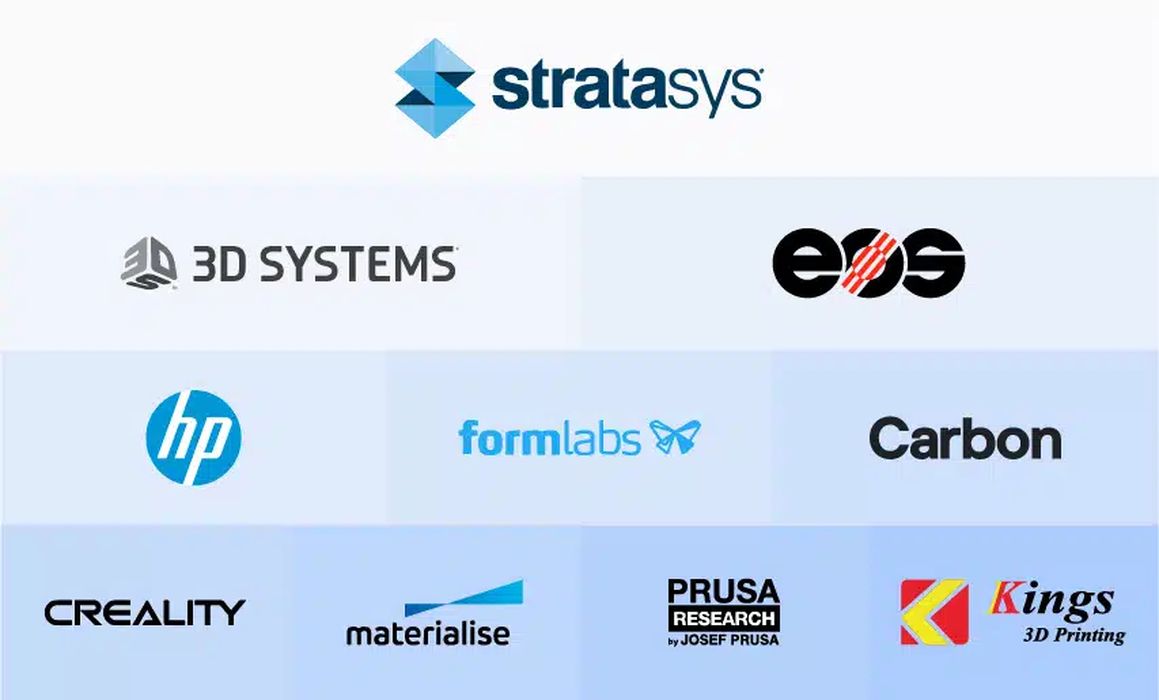
Our friends at VoxelMatters have issued a new report on polymer 3D printer companies, and it answers several interesting questions.
VoxelMatters produces formal research reports on the 3D printing industry in various dimensions, and the latest report is from their market study for Polymer 3D Printing. The study investigated an incredible 800 companies participating in the space.
While the report contains vast insights, you’ll have to purchase the full report to gain access. However, the friendly folks at VoxelMatters have published one set of interesting data: the top ten players in polymer 3D printing.
This is of some interest to Fabbaloo, because we publish a leaderboard of publicly traded 3D print companies each Sunday. There we track the valuations of selected companies, which usually corresponds to their revenues and profits. However, we can only track the publicly traded companies; the privately-held companies are a mystery.
VoxelMatters uses a sophisticated — and secret — survey process among the companies to gain access to information that’s not normally made public. They analyze this data to produce their several market reports.
They provide a variety of analyses, but the one in question here relates to the amount of revenue generated by each company for polymer-based 3D printing.
What did they find? Here are their top ten 3D printing polymer revenue companies today:
- Stratasys
- 3D Systems
- EOS*
- HP
- Formlabs*
- Carbon*
- Creality*
- Materialise
- Prusa Research*
- Kings 3D*
The *’d entries are companies that are privately-held, and therefore such information is not usually available.
What can we make from this list? I have some thoughts.
Many of the companies have matched material programs. In other words, if you operate Stratasys equipment, you’re almost certainly buying Stratasys materials. While some offer experimental capabilities for third party materials, the vast majority of operators simply go with the company’s offerings.
Here we see the progress that’s been made by HP, which is a relatively new entrant to 3D printing, as compared to Stratasys and 3D Systems, which have been around for decades. HP’s strategy is to focus on manufacturing, which would consume large amounts of material for serial production. Carbon has similarly focused on manufacturing, and that strategy seems to be working.
This is the first time we’ve seen Formlabs portrayed at such a size. Starting from a Kickstarter campaign back in 2013, the company has grown tremendously and is clearly the winner from the group of desktop 3D printing companies that emerged around that time.
Two surprises for me are Creality and Prusa Research, both of which produce mostly inexpensive desktop units. It seems that the sheer volume of their products has made up for the inexpensive price points, and that’s placed them on the list. Both also have their own lines of materials, which no doubt contribute to their success.
Kings 3D is one many readers may not have heard of. They are an enormous China-based 3D printing company, producing many types of devices, including very large format systems.
This top ten list is quite informative, as we can now see which companies have succeeded. But we can also take notice of the companies that are NOT on the top ten list. Some companies are quite visible, perhaps more visible than those on the top ten list, yet then don’t appear on it.
Via VoxelMatters
